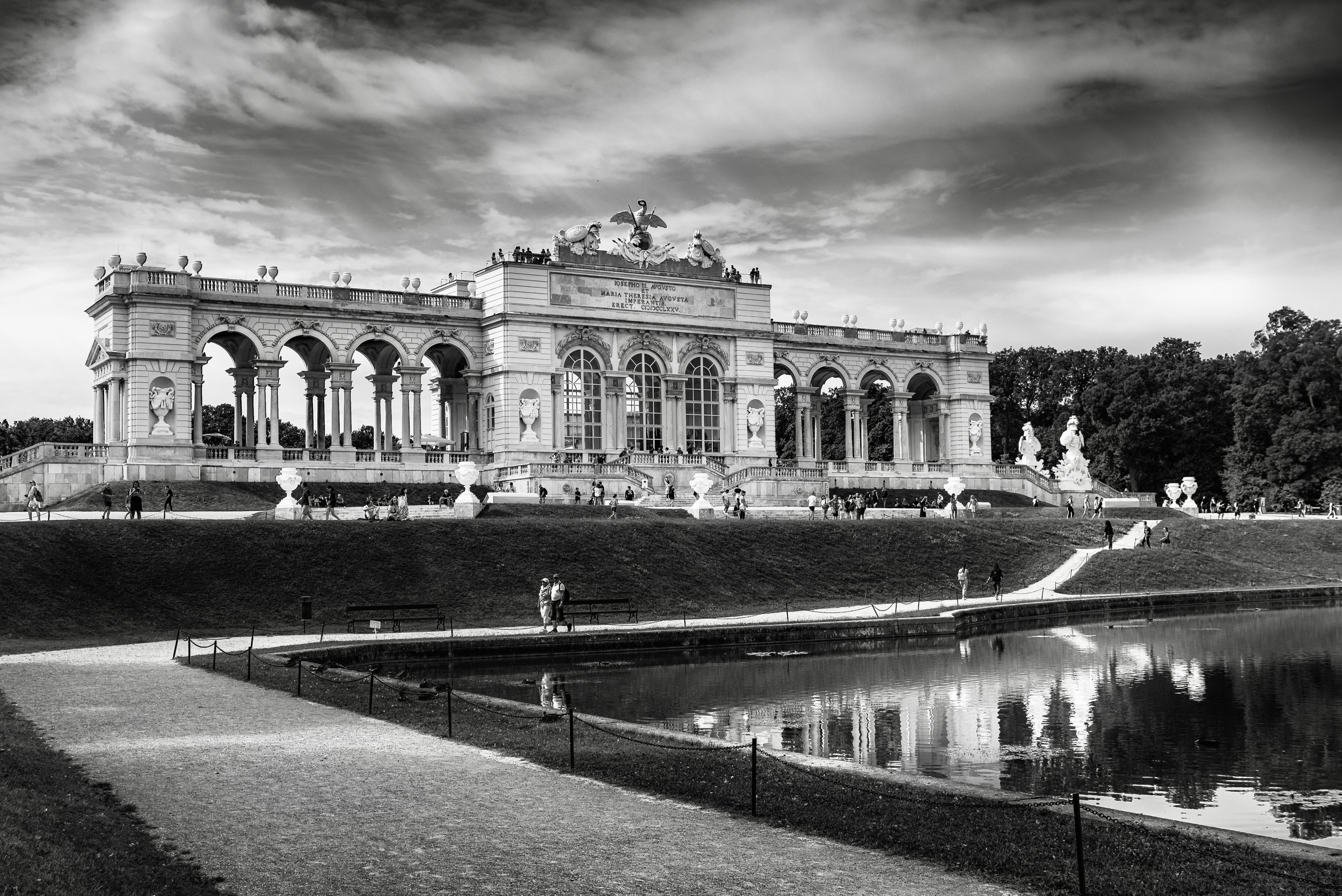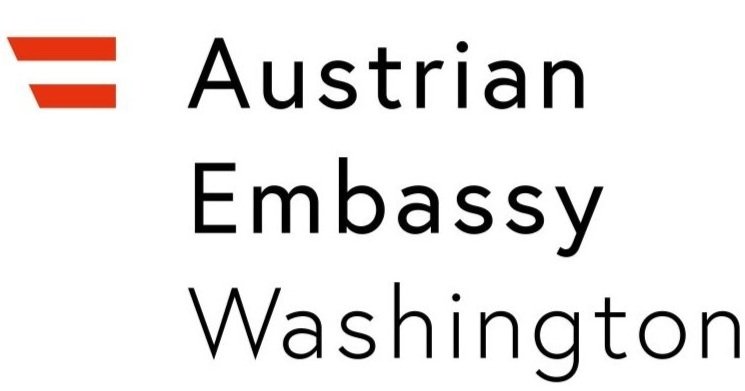
History - Overview
ANTIQUITY
The Alpine lands and the fertile plains of the Danube Valley had already been settled in prehistoric times. Rich deposits of mineral resources, especially salt and iron, facilitated the development of a prosperous Celtic population, which by the 1st century BC had become an important trading partner of the neighbouring Roman Empire. Around the time of the birth of Christ, this Noric kingdom was absorbed by the Romans and became an imperial province along with the other parts of present-day Austria that had been conquered and subdued at the same time: Rhaetia (western Austria) and Pannonia (eastern Lower Austria and Burgenland).
The Romans ruled over the region by the Danube for almost 500 years and founded numerous settlements. Yielding to the onslaught of tribal migrations, the Romans eventually withdrew from the Danube region abandoning their once-flourishing cities, such as Carnuntum in Pannonia.
Until the end of the 8th century, waves of migrants continued to flood across the area of present-day Austria: Germanic peoples crossed the Danube, while Hunnic horsemen from the east pressed as far westward as France. Later, eastern Austria was settled by the Avars, and Baiuvarii from the southern German area advanced along the Danube. Slavic peoples settled in northern Lower Austria, Carinthia and in southern Styria.
At the end of the 8th century, Charlemagne established the Carolingian East March between the rivers Enns, Raab and Drau (Drava) as a bulwark against further Avar advance. The Alpine region had gradually been christianized by Irish and Scottish monks by the end of the Roman period.
THE MIDDLE AGES
When the Babenbergs, a Bavarian noble family, were entrusted with the administration of the region in 976, Austria was still rather sparsely populated. With a clear sense of purpose the Babenbergs expanded their power in the centuries that followed, and with skillful marital policies they became one of the empire’s leading families. In 1156, Austria was elevated to the status of a duchy and was granted important privileges. By the time the last male Babenberg died in the mid-13th century, the dynasty had significantly expanded their dominion.
Following the brief interregnum of the Přemysl ruler Otakar II, the Habsburgs, whose origins lay in Swabia, were enfeoffed with the Duchy of Austria in 1282. With great skill and sense of purpose they constantly expanded their sphere of influence, acquiring the duchies of Styria, Carinthia and Tyrol through contracts of succession and adding Gorizia and Istria (with Trieste) to the areas under their control. Duke Albert V, who had married the daughter of Emperor Sigismund, himself became the first Habsburg to wear the imperial crown, following the death of his father-in-law in 1437.
MODERN AGE
Over the centuries that followed Albert’s successors wore the crown of the Holy Roman Empire with only short interruptions. The House of Habsburg used skilful marital policies to expand its territory, adding Burgundy and the Netherlands, and also ruling Spain. In 1522, the Habsburg dynasty was divided into a Spanish and an Austrian line, and the latter also acquired Bohemia and Hungary when the last Jagiellonian king died in 1526. The 16th and 17th centuries were marked by conflict with the Ottoman Empire, whose vast armies advanced through Austria and were beaten off at the gates of Vienna twice. Having successfully pushed back the Ottoman expansion, Austria acquired additional territories, emerging as a great European power.
In the second half of the 18th century, Empress Maria Theresa and her son Joseph II introduced sweeping reforms that provided the basis for a modern administrative government. The changes brought about on the map of Europe by the French Revolution and the subsequent Napoleonic Wars led to the dissolution of the Holy Roman Empire, and in 1806 Emperor Francis II renounced the Roman imperial crown. Two years earlier he had followed the lead of Napoleon and declared Austria an empire.
After suffering a number of crushing defeats in the course of the formation of the Italian state, the Habsburgs were forced to make concessions to a rising wave of nationalism. In 1867, Emperor Francis Joseph approved the establishment of the Dual Monarchy of Austria-Hungary. This multinational state collapsed after the First World War, not least because of the drive for independence among its numerous nationalities.
20TH CENTURY
As the surviving state of the former Dual Monarchy, Austria was proclaimed a republic in 1918, but it was difficult for this small nation to find its place in the new European order. In 1938 the country fell prey to the pressure of aggression by Hitler’s Germany and the unstable domestic political situation.
Until the signing of the Austrian State Treaty in 1955, the independent Republic of Austria, which had been set up in 1945 with the help of the Allied Forces, remained occupied by the four great powers: France, Great Britain, the Soviet Union and the United States. In 1955, the Austrian Parliament passed a constitutional law to guarantee permanent Austrian neutrality, and in the same year the country became a member of the United Nations.
Over the decades that followed, Austria became a valued and important member of the European project, initially as a member of EFTA. Following many years of efforts to promote the European integration, Austria became a member of the European Union on 1 January 1995. It held the Presidency of the EU Council in 1998, 2006 and 2018.
